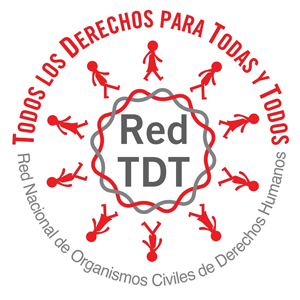Who can I sue?
There is little point in taking action against someone unless
- There is a court or tribunal that has jurisdiction to hear a claim or case against them
- You have a real chance of getting and enforcing a court order against them, if that is your main objective
A key part of any litigation strategy therefore is to identify the party that you can sue.
Identify the appropriate party to sue
The appropriate person(s) to take legal action against may not always be the one(s) that first come to mind, like the person who actually did the acts you are complaining of. The person(s) you need to take action against might include:
a) The party directly responsible
You could sue the party directly responsible for the harm that has been caused. This could include:
- an individual or group of individuals
- a national or regional government, department or institution
- a corporation
b) Corporate Groups
You could sue corporations, parent or associated companies. Many companies have a complex structure. The main company or “parent” may be situated in one country, possibly a developed country, while “subsidiaries” of that company may be based elsewhere, perhaps where harm complained of actually occurs. It may be possible and useful to sue the “parent” company if the subsidiary caused damage while acting on instructions of the parent. This is a complex issue; for more information, see Guide to holding multinationals responsible for human rights violations [* (updated version) by the International Federation for Human Rights (FIDH)
c) Stakeholders
Sometimes a case can be brought not only against a company, but against those connected with it. These might include:
- directors and other officers
- shareholders/investors
- its bankers/lenders
- its insurers
- its advisers such as auditors
- its contractors or sub-contractors
- successors to its property, interests, rights or liabilities
d) Agents and accessories
No matter who is directly responsible for acts or harm, others may also be considered liable for the damage caused, for example:
- The people through whom they act, such as agents or consultants
- Those who assist, incite or encourage such action, or conspire to do it
e) Those who have gained from the wrongs
For example if land is wrongfully taken by party A, it may be possible to bring a claim against party B who has taken or bought products grown on the wrongly taken land, especially if they knew that the land had been wrongfully acquired.
f) States
In some cases there are obstacles to bringing legal action against a state. According to the doctrine of state immunity, a state cannot be sued in the courts of another country without its agreement. The same applies to international organisations established by states.
In some countries, it is difficult to start legal action before a national court against the state, the head of state, members of the government and certain institutions like the parliament, under the so-called doctrine of sovereign immunity.
¿Quienes somos?
Action 4 Justice es un grupo de ONGs unidas para impulsar el litigio de interés público a nivel mundial como un medio de obtener justicia social.
APRENDER MÁSNUESTROS MIEMBROS
- Oxfam
- ASF
- PILAC
- Greenpeace
- Transparency International
- IHRDA
APOYANOS
Buscamos alianzas con organizaciones y comunidades en diversas partes del mundo. Únete a nuestra red, o participa como voluntario/a.
APRENDER MÁS
